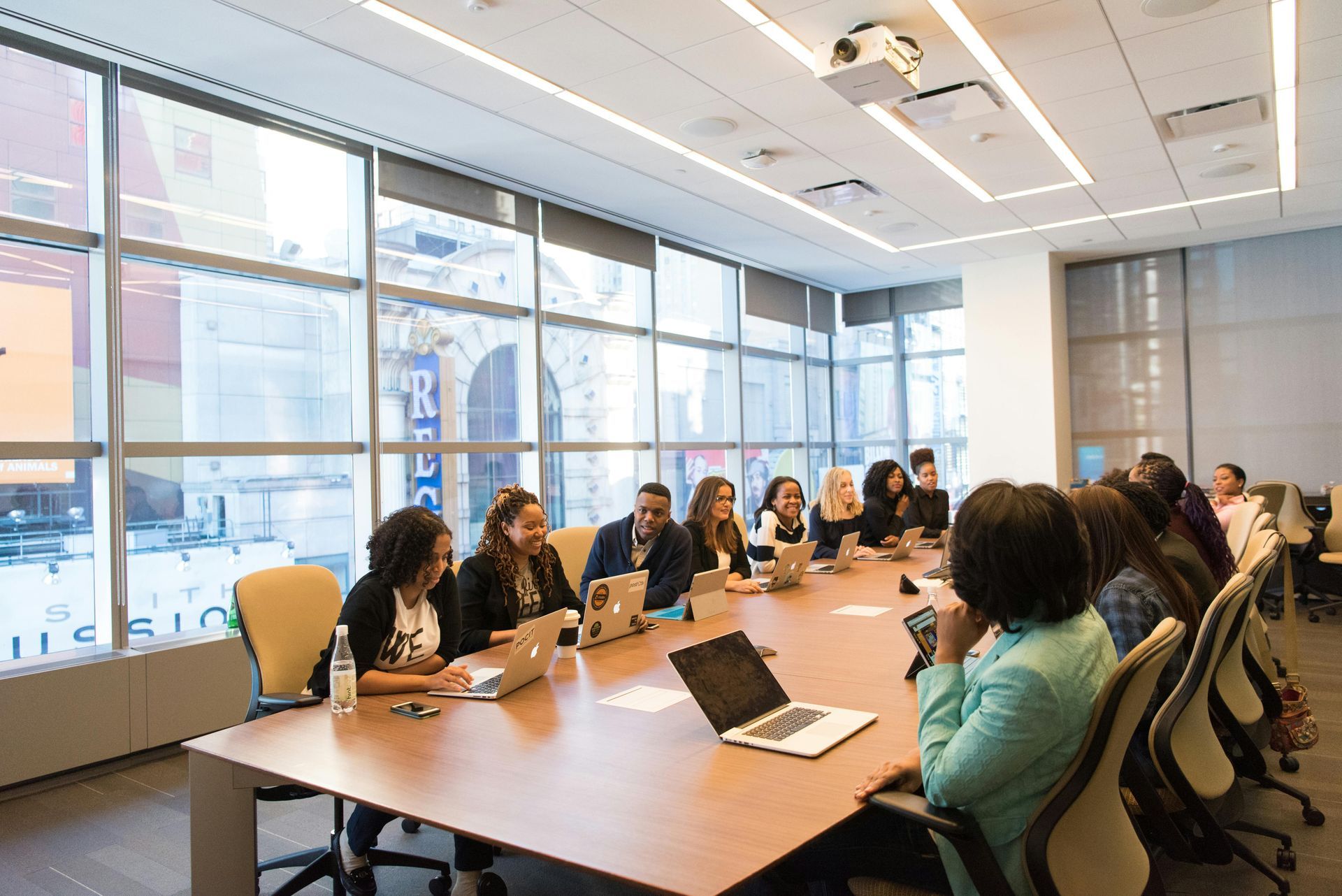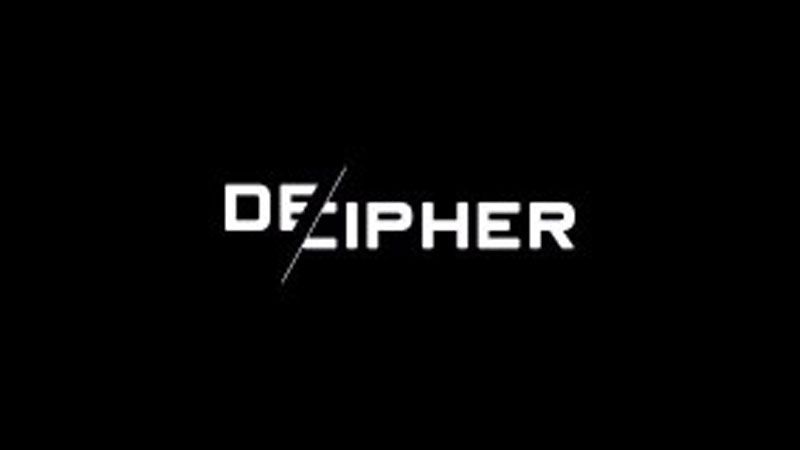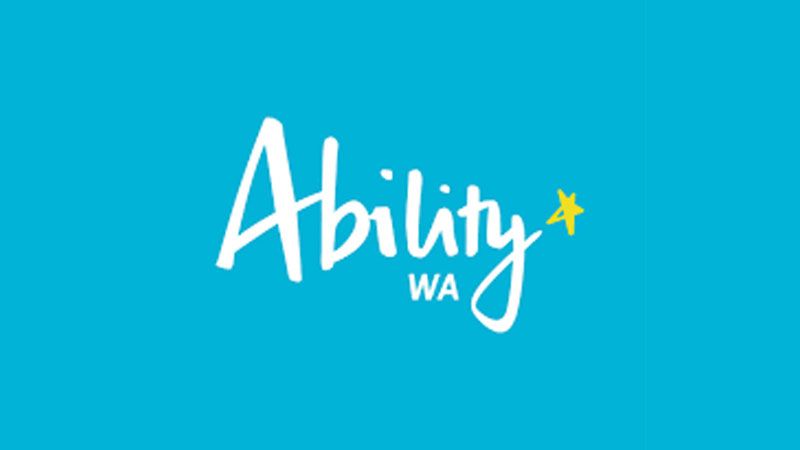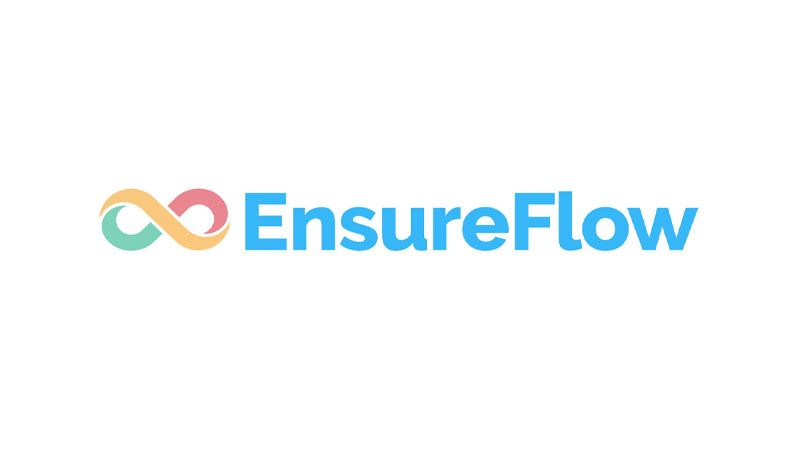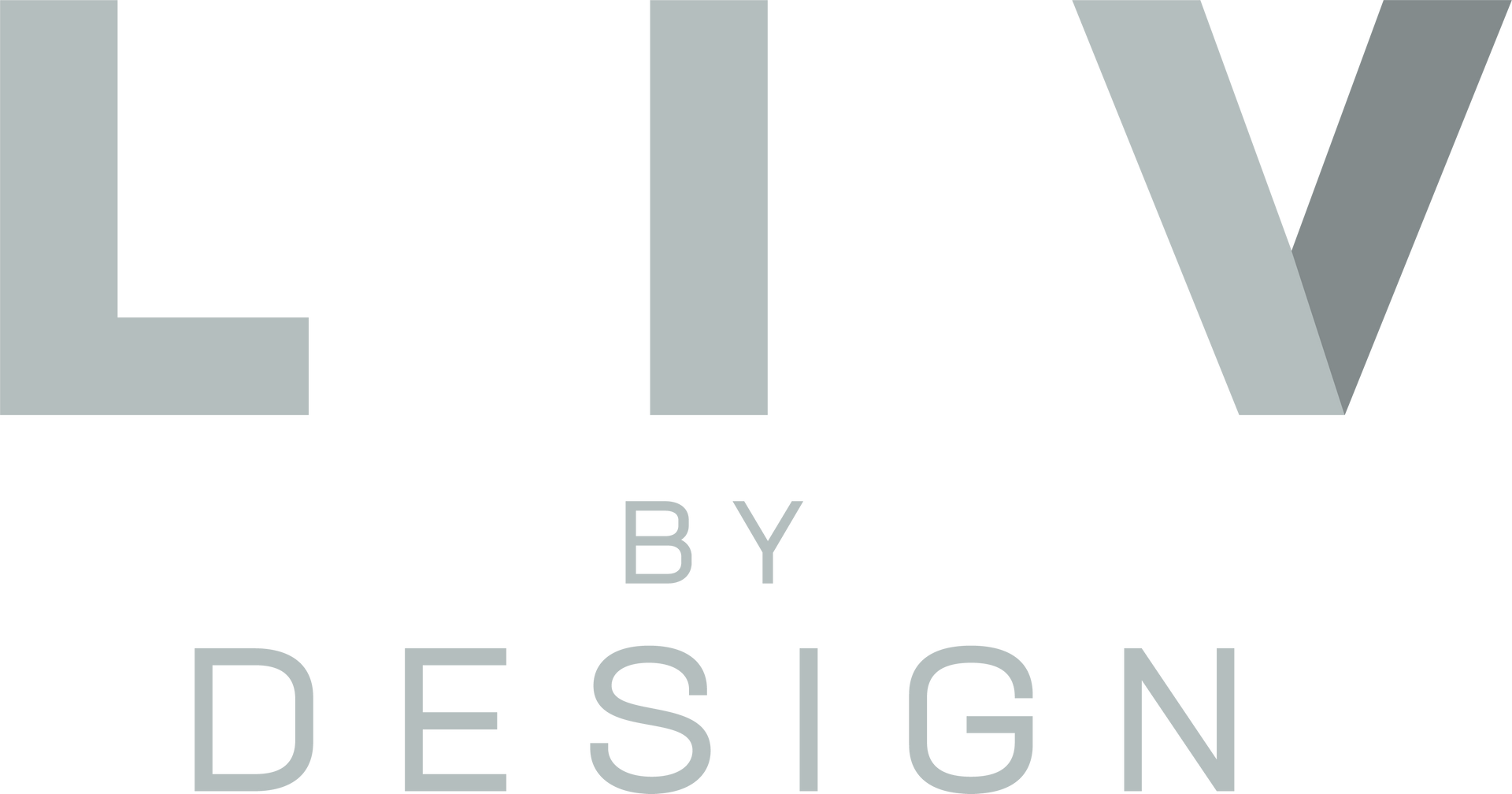November 15, 2023
The Co-CEO Model ‘Live Interview’
How these two leaders adapted the innovative Co-CEO model within work design to improve organisational outcomes and individual career satisfaction without the isolation, stress and overwhelm.

If you think you need to seek out research companies, or 200 customers, to conduct customer research to get information, you’re not alone. At Liv By Design, we understand that deep customer insights are the cornerstone of impactful business strategies. Customer research isn’t just about gathering data—it’s about understanding the motivations, needs, and behaviours that drive your customers. The best part? You only need to talk to six people to identify a pattern that will validate your assumptions about your customers. Sometimes, you may only need three customer interviews to show you the bigger picture. Trying to uncover the next big thing that customers want can be tricky. It’s also a total guessing game. Sometimes you’ll get lucky. But most of the time I see teams dedicating all their efforts and time into launching one idea that falls flat with clients and they give up. It’s a tragedy. All that hard work. But here’s a tip if you take the time to actually connect your team to the genuine needs, wants, aspirations, fears and desires of your customers they get a little boost. They get an even BIGGER boost when you put them in a room and they get to spend time on creating solutions. Collaborative problem solving gives all teams the sugar rush you want them to have when we talk about solving problems in your business. This is my ZONE!!! There’s nothing better than seeing teams get A-ha! moments and solving problems for real people.. important people… the people that make your business and make or break success…. That’s right your CUSTOMERS! I help teams in 2 ways. I either do the research for them and bring them the insights. This is a particularly good option for teams who are strapped for time. OR I do the research with them. That is give them all the tools as to how to gain insights for customers. The tools to use. The questions to ask. We then do a series of workshops and start getting solutions in place. But here I wanted to talk about ten real-life examples of customer research that highlight its transformative power in overall business success. Just in case you’re feeling somewhat cynical. Now these are all BIG success stories and big organisations who have access to a plethora of data and STILL choose to use more intimate, human centred research methods. And what I mean by that is actually observing, talking to and collecting the conversations directly from customers. And as I mentioned earlier this kind of research is within any businesses. Grasp. You only need to talk to between 3-8 customers to start refining trends and areas for improvement. So here it goes: 1. Spotify’s Personalisation Revolution Spotify’s success lies in its ability to personalise user experiences. By analysing user data and listening habits, Spotify creates customised playlists and recommendations, driving user engagement and loyalty. You may have even noticed that there are playlists that pop up that are made up of all the songs you regularly listen to! However, AI and user data can get it wrong when there’s multiple users for an account hence the family bundles deals that now exist where you can create multiple user accounts. This enables them to further personalise the user experience. Emily Galloway , Spotify’s Head of Product Design comments “It’s our job to be empathetic to our users. We have to put ourselves in their shoes and think about how they experience something in their everyday life.” For Spotify its not just about the data but about unpacking the human needs and situations in which their tech is used. 2. LEGO’s Focus on Play LEGO’s customer research goes beyond traditional methods. They engage with children directly through play sessions and feedback, ensuring their products align with what kids love. This hands-on approach emphasises the value of immersive research methods to truly understand your target audience. This focused and direction-driven strategy sets LEGO apart in the toy industry, highlighting the importance of truly comprehending customer behaviour and needs to foster a sustainable business results. I used observation style research while working with a national beer brand. We stood instore and watched who was purchasing cases, long necks and 6 packs in a bid to prove the existing customer profile and segment the band was being marketed to was incorrect. It was an easy afternoon in proving that consumers weren’t 18-25 year olds but instead more like 35-45 year olds. A big difference when you think about the needs, interests, likes and dislikes of these 2 life stages. Think about your 18 year old self and your current self? Bit of a difference? I’d think so (this is unless of course you’re 18 right now!) 3. Airbnb’s Host and Guest Insights Airbnb’s growth can be attributed to its deep understanding of both hosts and guests. By conducting in-depth interviews, they uncover pain points and desires, leading to features that enhance the overall experience. Listening to both sides of your customer base is crucial for balanced and effective product development. You may even think of both sides of the delivery of the customer experience to get a full knowledge of the challenges your team faces behind the scenes then correlating that with the end affect on the customer experience. I’ve done this many times when training teams to conduct their own customer research. We often have to air out their challenges so we can move beyond this and still deliver a positive customer experience. Every team has challenges internally. It could be systems, software restrictions, budget constraints, supplier issues. The list goes on. Yet, creative solutions demands constraints exist and from a customer point of view often the solutions are easy fixes. For example I’ve had major issues come back from customers as things like stability of the system for a tech client, more communication for a supplier in the building industry I worked with and more transparency and personalisation for a client who was in insurance. 4. Netflix’s Viewing Patterns Analysis Netflix uses advanced analytics to study viewing patterns, which informs their content creation and recommendation algorithms. This data-driven strategy ensures they deliver content that keeps users coming back. Utilizing data analytics can provide a competitive edge by aligning your offerings with customer preferences. 5. Nike’s Direct Connection Nike’s engagement with athletes and everyday users through social media and feedback channels helps them stay ahead in product innovation. Their direct communication strategy highlights the importance of maintaining an ongoing dialogue with your customers to stay relevant and innovative. Customer research and employee research… Not separate projects! See!!! I’m not the only one who uses research to uncover both customer and employee needs! Nike puts employees and their needs at the centre of Nike’s talent strategy. This consumer (human-centered design thinking) mindset demands that it develops a deeper understanding of the employees to know what motivates and engages them honestly. Companies I’ve worked with have seen as much as a 42% drop in employee turnover after they implemented strategies from our employee research projects. This is particularly useful when employees stop filling out engagement surveys or people pulse surveys. If you’re losing talent or you’ve got members of your team plugging holes and doing 2 jobs (or more) then this is something I would 100% consider. Within 4-6 weeks you’ll have some areas you can instantly improve on that won’t cost you an arm and a leg in bonus schemes, loyalty incentives, after hours functions and team building expeditions. 6. Slack’s User Feedback Loop Slack’s approach to customer research involves continuously gathering user feedback to improve their platform. Now you may say what is so unusual about this? Well, it comes down to the fact that they have a culture of experimentation. They prioritise their customer needs and reducing pain points over getting things right. Which means implementation happens rapidly. Most companies collect data from their users and send out surveys like its confetti but few manage to actually prioritise and make rapid changes. They key is not in how MUCH feedback you have it is making the meaning out of that feedback. That’s why less CAN be more. Talk to fewer customers or users and really get a deep understanding rather than hundreds of surface level tick and flick responses. By actively listening and implementing user suggestions, Slack enhances user satisfaction and loyalty. They are particularly good at creating a feedback loop. That is getting back to customers about changes they’ve made. This fosters a sense of community and co-creation with your customers. THIS IS WHEN CUSTOMER LOYALTLY SOARS! You’ve just deepened the relationship with your clients thousandfold. 7. Coca-Cola’s Emotional Branding Ever notice Coca-Cola’s ads barely feature the product in the opening seconds. They almost promote a lifestyle first and sneaky roo the product towards the end. They conduct extensive customer research which focuses on understanding the emotional connections consumers have with the brand. By tapping into these emotions, they craft marketing campaigns that resonate on a deeper level. Emotional insights can be a powerful tool in building brand affinity and loyalty. So, how could you understand what your customers feel about your business or brand? Psst…. here’s a clue… Ask them? Or I can do it for you if you like ;o) 8. Amazon’s A/B Testing Mastery Amazon’s relentless A/B testing allows them to optimise every aspect of the customer experience. By continuously experimenting and analysing results, they ensure their platform is user-friendly and efficient. There’s never a guarentee you’re going to get everything right the first time. So regular testing and iteration can lead to significant improvements in customer satisfaction and conversion rates. 9. Apple’s User-Centred Design Apple’s design philosophy is rooted in extensive user research. They observe how people interact with their products and use these insights to create intuitive and seamless designs. Prioritising user experience in your design process can lead to products that are not only functional but also delightful to use. When we reference product design expect a Steve Jobs quote. He’s famous for highlighting “It’s not the customers job to know what they want”. He was a notorious cynic of traditional market research. He followed similar sentiments to Henry Ford when Ford stated “If I asked my customers what they wanted they would say faster horses.” Now, I gotta agree with this and it’s one of the sticking points to design thinking methods that still come under fire. I completed a project for an insurance firm and the customer definitely could not outline how to provide a more personalised product or even what the options could be. Who gives up their time thinking about what they want from their insurer? You’ve got expectations when you need to make a claim sure but apart from that there’s not much too it. The major consideration is normally price at purchase then the pain of renewal every year after that. It’s a grudge purchase. There’s pain in knowing you need to have it but bloody hell… why has it gone up so much again this year? Am I right? In this case is it even worth talking to your customers? Short answer 100% YES! Customers can still articulate what annoys them and businesses must still understand their customer intimately to then pull together the dots of how to provide a better service. You still get insights from customers, you just need to know how how to formulate those insights into actionable solutions. When we say you’ll talk to 8 customers its not about getting ideas from each of them. It’s about understanding where they are coming from. What they are thinking, feeling, saying and doing as well as what are they trying to achieve when they come to you for your product or service. That then takes us to the brink of the Jobs-To-Be-Done theory coined by Clayton M. Christensen’s author of Competing Against Luck . But we’ll leave that for another blog. 10. Procter & Gamble’s Ethnographic Studies Procter & Gamble conducts ethnographic studies, where researchers observe consumers in their natural environments. This method provides rich insights into real-life usage and challenges. Ethnographic research can reveal underlying needs and behaviours that more traditional methods might miss. If you’re interested in the story of how P&G created a whole new product cosmetics category in the massmarket chains give ‘Playing to Win: How Strategy Really Works’ co-authored by A.G. Lafley at the time CEO of P&G, and Roger L. Martin a Professor and Dean and was also named the world’s #1 management thinker. In the book they talk about expanding many products globally and when doing so would send their teams to the country of interest to observe the culture nuances. One such team member was reluctant when the company was looking to see why their razors weren’t performing in India. The book states that this product manager couldn’t understand the need for a trip to Indian when we have all the data we need. When they got to the country they realised that men often shaved with a mug and very little water for one but also the aptly desinged triple blade shavers (that were high performing in other markets) were getting stuck in the mens long beards. Due to the way the product was being used they change the razor and the product manager came back as a raving fan of observational and conversational research. “I see now, why, we had to go and talk to consumers.” Conclusion Understanding your customers at a deeper level is the key to creating meaningful connections and driving business growth. By adopting a customer-centric approach, you can unlock new opportunities and stay ahead in a competitive market. This article is by Olivia O’Connor, Founder of Liv By Design “At Liv By Design I start with the customer. We put ourselves in their shoes and we have empathy for their needs.” Olivia helps organisations gather true research of her clients by offering support in adapting immersion and interview techniques that gather insights that could transform your marketing results and provide valuable insight about your organisation.

In the fast-paced world of business, effective leadership is not a luxury reserved for the few at the top—it is a quality that can be cultivated at all levels of an organisation. Olivia O’Connor, CEO of Liv By Design, unveils her innovative Collaborative Leadership Framework ™, a roadmap for individuals across organisations to harness their unique leadership potential and drive success. A Framework Rooted in Experience and Insight Drawing from her extensive experience in fostering collaboration and productivity within organisations, Olivia O’Connor has developed the Collaborative Leadership Framework™. This model is not a rigid set of rules but a dynamic guide inspired by the behaviours and strengths of highly effective business leaders and CEOs. Solving Key Challenges with Collaborative Leadership In today’s competitive landscape, organisations grapple with a myriad of challenges that hinder growth and success. One pressing issue is Retention , as young talent often seeks opportunities elsewhere due to a lack of clear growth paths within their current roles. The Collaborative Leadership Framework™ addresses this by empowering individuals to challenge themselves and grow within the organisation, reducing the temptation of leaving for mere pay raises. Additionally, the model tackles the Delivery of Strategic Plans , recognising that team engagement is pivotal for bringing strategic visions to life. By fostering a culture where every team member feels valued and impactful, the framework ensures that strategic goals are not just set, but achieved through collective effort. Furthermore, the framework offers a pathway to Sustainable Advantage by harnessing the potential of people capital. Skilled, motivated teams not only boost productivity but also enhance customer experiences, leading to loyalty and sustainable growth. With the Collaborative Leadership Framework™, organisations can shift from reactive firefighting to proactive innovation and continuous improvement. Lastly, the framework promotes Improved Culture by emphasising the co-creation of a positive work environment. By modelling healthy leadership behaviours, such as open communication and empowerment, the framework cultivates a culture of collaboration and positivity, where every day presents new opportunities for success. The Essence of Collaborative Leadership: Three Modes of Leading At its core, the Collaborative Leadership Framework™ revolves around three distinct modes of leading, each offering a pathway for individuals to unleash their leadership prowess: 1. Leading from the Front: Providing Vision and Clarity Vision / Clarity: Painting a compelling picture of the future, inspiring others to rally behind a shared goal. Presence: Being fully engaged and attuned to the needs and aspirations of the team, fostering trust and connection. Insights: Leveraging personal experiences and wisdom to guide strategic decision-making and navigate challenges. 2. Leading from the Side: Coaching and Mentoring Understand before being understood: Listening actively and empathetically to team members, creating a culture of trust and openness. Feedback: Providing timely and constructive feedback, nurturing growth and continuous improvement. Co-Creation of Solutions: Collaborating with team members to develop innovative solutions, harnessing the collective intelligence of the group. 3. Leading from the Back: Facilitating Growth and Collaboration Building the Team: Cultivating a diverse and inclusive team, recognizing and amplifying individual strengths. Setting the Scene: Creating an environment that encourages experimentation and learning, fostering a culture of innovation. Social Contracts: Establishing clear expectations and agreements within the team, ensuring accountability and alignment.

In today’s fast-paced and interconnected world, collaboration has become the cornerstone of success in any endeavour. Whether it’s in business, education, or creative pursuits, the ability to work effectively with others can make all the difference between mediocrity and excellence. That’s why we’re excited to introduce “The Collaboration Project,” a comprehensive online course designed to equip you and your teams with the skills and strategies needed to achieve remarkable results through collaboration. Why Collaboration Matters Collaboration isn’t just a buzzword; it’s a fundamental principle that underpins innovation, productivity, and growth. When individuals come together, bringing their unique perspectives, expertise, and experiences to the table, they have the power to accomplish far more than they ever could alone. By fostering a culture of collaboration within your organisation or team, you unlock a wealth of potential and open the door to new opportunities for success. What You’ll Learn “The Collaboration Project” is a six-week journey that will empower you to harness the power of collaboration effectively. Through a combination of expert-led instruction, interactive exercises, and real-world case studies, you’ll learn: The Foundations of Collaboration: Explore the key principles and dynamics that drive successful collaboration, including communication, trust-building, and conflict resolution. Design Thinking for Collaboration: Discover how to apply design thinking principles to collaborative projects, enabling you to innovate, iterate, and adapt in response to changing circumstances. Effective Team Dynamics: Learn how to cultivate a positive team culture, leverage individual strengths, and overcome common challenges to collaboration. Tools and Technologies: Explore a range of tools and technologies designed to facilitate collaboration, from project management platforms to virtual communication tools. Building Strategic Partnerships: Understand the importance of strategic partnerships in driving collaboration beyond your immediate team or organization. Measuring Success: Develop metrics and benchmarks to evaluate the effectiveness of your collaborative efforts and identify areas for improvement. Who Should Enroll “The Collaboration Project” is ideal for anyone who works in a team environment and wants to enhance their collaboration skills. Whether you’re a business leader, project manager, educator, or creative professional, this course will provide you with the insights and strategies you need to excel in your collaborative endeavours. Join Us Today Don’t miss this opportunity to transform the way you work and unlock the full potential of your teams. Enrol in “The Collaboration Project” today and embark on a journey towards high achievement through collaboration. Visit our course page to learn more and secure your spot. Together, let’s design a future of success through collaboration.
